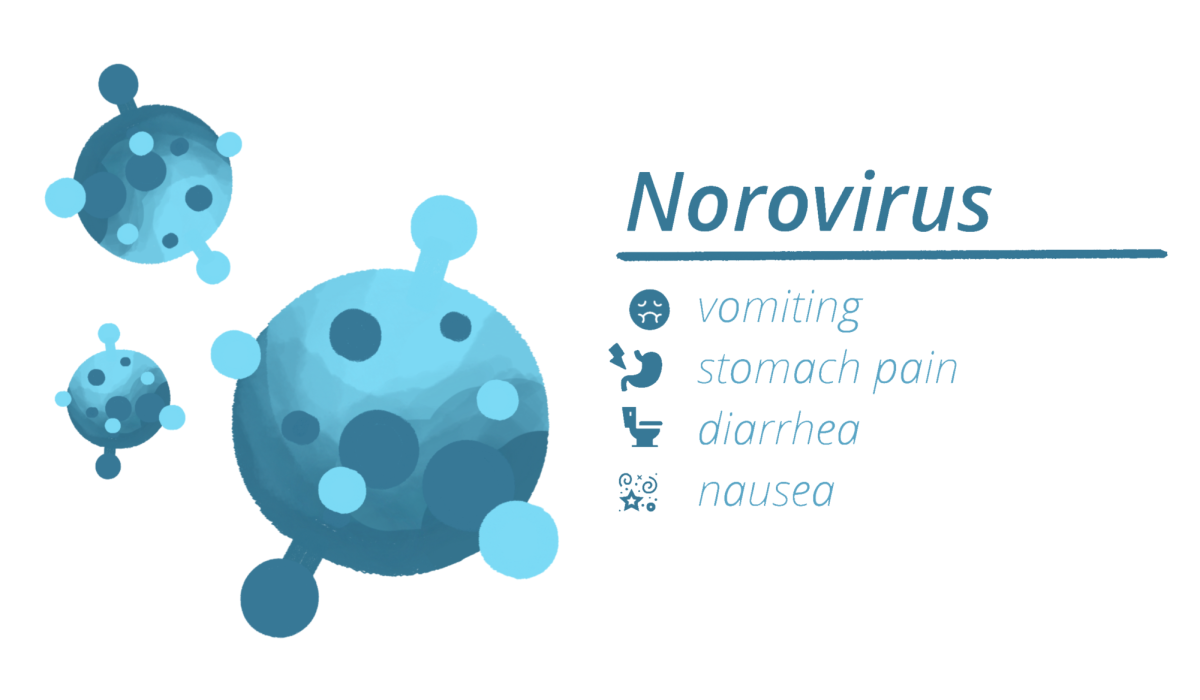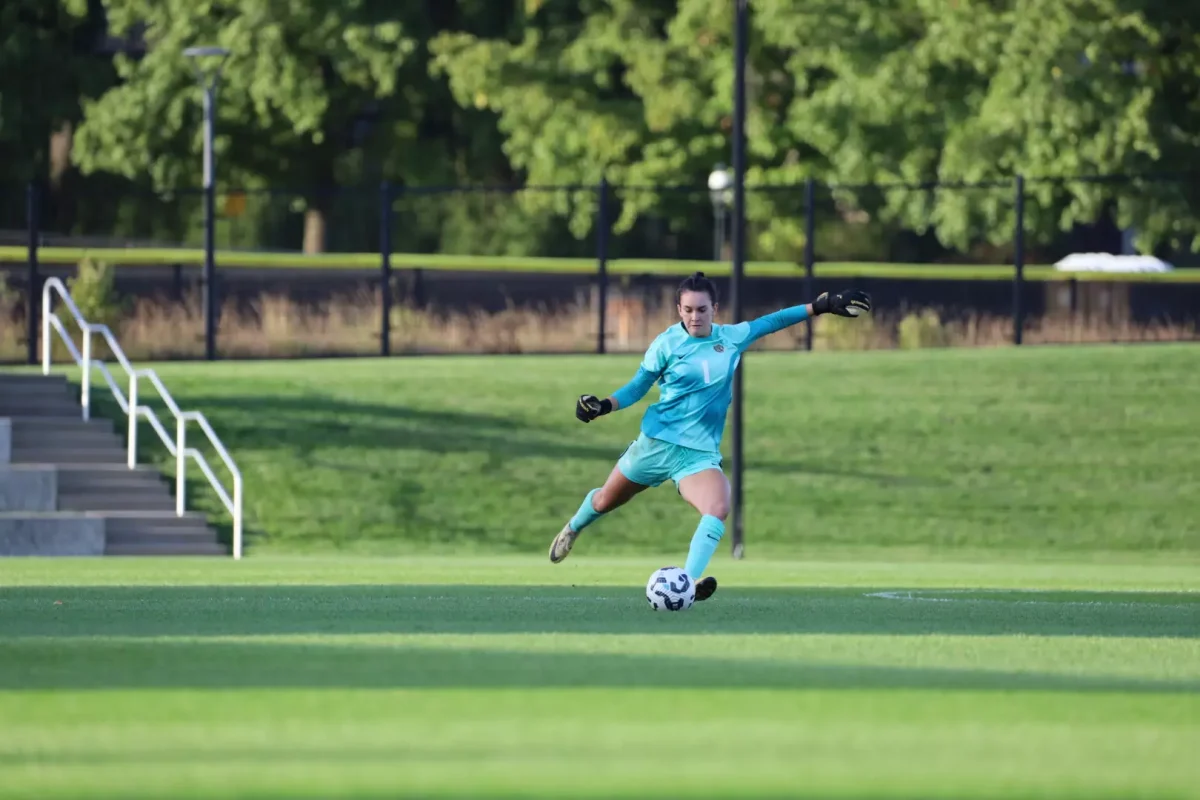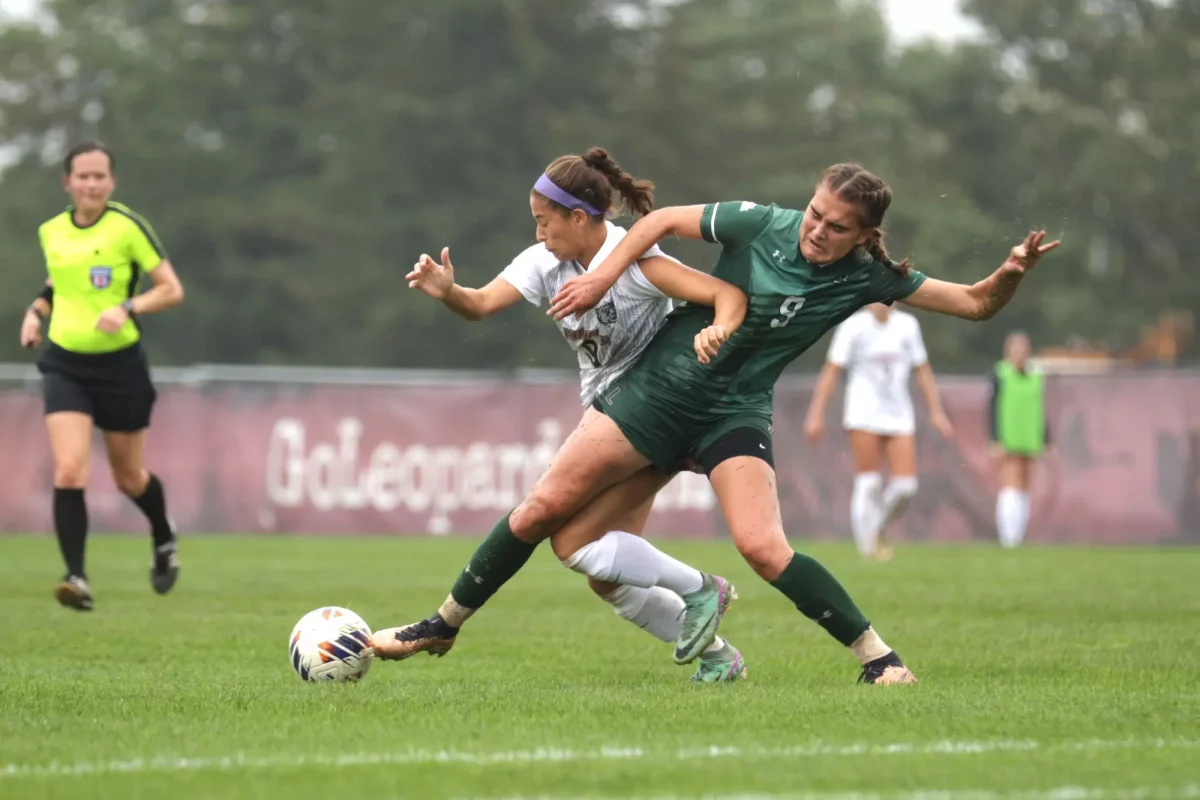Twelve months after Alston v. NCAA altered college athletics by allowing athletes to profit off of their name, image and likeness (NIL), the ongoing case Johnson v. NCAA has the potential to transform the field even more by allowing college athletes to be paid for participation in interscholastic sports.
The motion of profiting off NIL is due in part to a former tennis player at Lafayette, Alexa Cooke ’21, who is one of many plaintiffs in the lawsuit.
According to the lead attorney for the plaintiffs, Paul McDonald, the case surrounds the question of whether Division I NCAA athletes can be considered employees of their college or university based solely on their participation in athletics.
“What we are trying to do, similar to NIL, is to make sure that students are being afforded the same rights as other students on campus. Now that students have the ability to make money off their name, image and likeness just like every other student on campus, they should also be paid an hourly wage like any other student on campus for doing nonacademic work for the school,” McDonald said.
“If we are successful … it means that every student athlete will have a reasonable based salary that could be tiered based on conferences and levels of competition,” McDonald said. “So even if a kid is unable to make NIL based on popularity or exposure, they will still be able to be paid, working for the college just like any other student would.”
Since its inception, the NCAA has been based around the protection of what they called “student-athletes” from overwork. Since then, that term has been used as a way to enable the NCAA to enact eligibility rules on how college athletes can act in every setting for the time they spend as an undergraduate.
The phrase “student-athlete” was what kept any student athlete at any level of collegiate competition from earning money. There have been hundreds of violations and NCAA suspensions on the mere suspicion that players were being paid for the work they were putting in.
The college sports landscape changed with the unanimous Supreme Court decision last year in Alston v. NCAA. Yet some, like McDonald and Cooke, argue that just allowing students to profit off of their name, image and likeness–as the Supreme Court’s decision in Alston v. NCAA allowed–is not adequate for these athletes. They contend that athletes at colleges should be compensated for the work that they put in just like non-academic work done for a college would be compensated.
“You’re on your own. And you can’t really get another job because you are working all these strenuous hours for the university,” McDonald said of the struggles facing college athletes, particularly those without a partial or full scholarship.
If the plaintiff’s case is successful, the consequences on college athletics could be dramatic. According to the Title IX rules that ban sex discrimination in federally funded education programs and that often apply to college sports programs, if one sport is given any kind of support, that same support must be given to every sport the school funds.
Given that about a third of Lafayette’s student body are student-athletes, the prospect of having these athletes be payed could have massive financial implications. For schools struggling to make ends meet as it is, it could potentially diminish their ability to allow students the opportunity to play sports at their school.
There is not a set date on the ruling of this massive case, which is currently in the Third Circuit Court of Appeals.























































































































